It is imperative that the appropriate Ethernet cable be used in optimizing performance of your network. However, with different choices in hand, how can you make a decision? This guide compares the Cat5 cables to Cat6 cables, so that you may make an educated choice.
What Are Cat5 and Cat6 Cables?
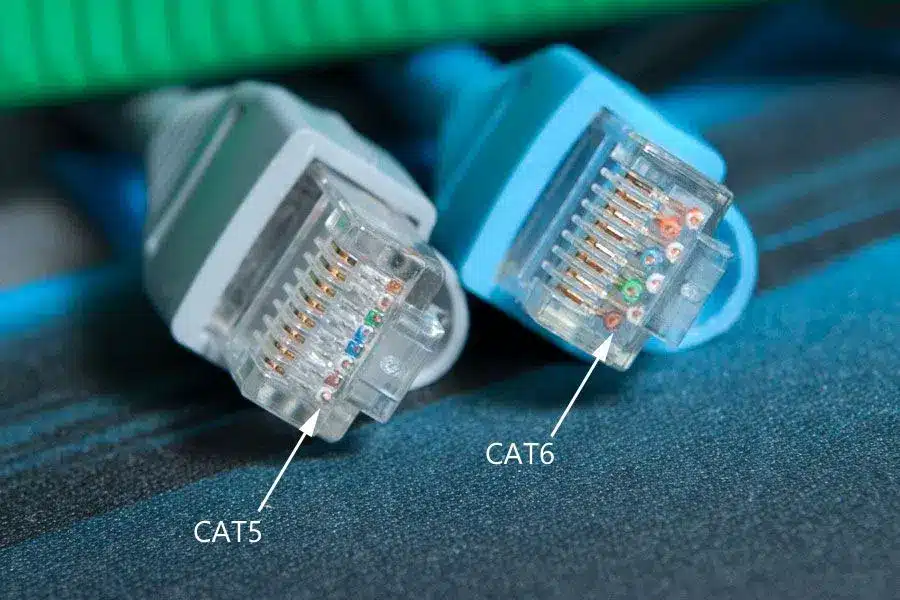
Cat5 Cables: These are normal cables which only support a speed of up to 100 Mbps and thus are ideal in simple networking applications.
Cat6 Cables: Enlargements of the Ethernet cables, Cat6 cables are used with a maximum speed of 10 Gbps thus very convenient in a high-speed internet connection.
Visual Aid: You can include pictures, which can show the physical differences of Cat5 and Cat6 cables, their makeup as well as their design.
Key Differences Between Cat5 and Cat6
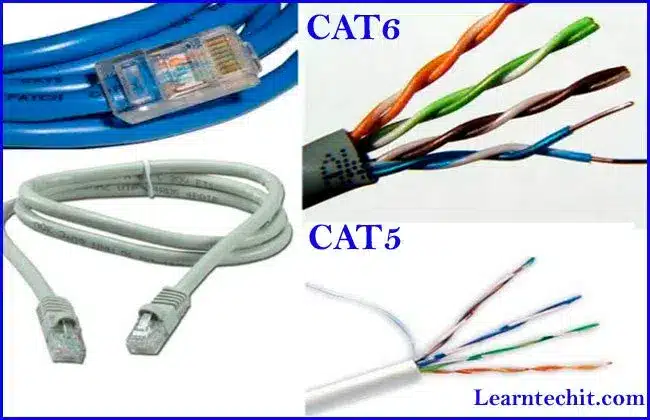
Speed and Bandwidth
- Cat5: Has a maximum speed of 100 Mbps.
- Cat6: has a maximum speed of 10 Gbps.
Construction
- Cat6 cables also have a spline to minimize crosstalk to improve performance.
Price
- Cat6 cables cost anywhere between 10-20 percent more than Cat5.
Compatibility
- Cat6 cables are also compatible with Cat5 devices back-compatibility, so there is flexibility in the upgrade of networks.
When to Use Cat5 vs. Cat6
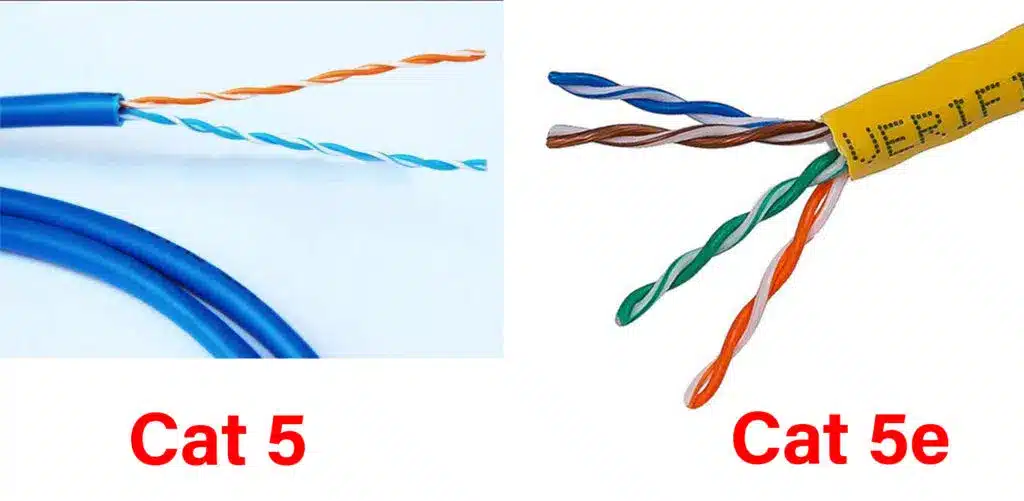
Cat5
- Adequate network general use.
- Suitable to small offices or home networks whose data needs are not high..
Cat6
- Highly added commonwealth recommended.
- Its best-suited application is in environments that have heavy data transfer obligations like data centers..
Pros and Cons
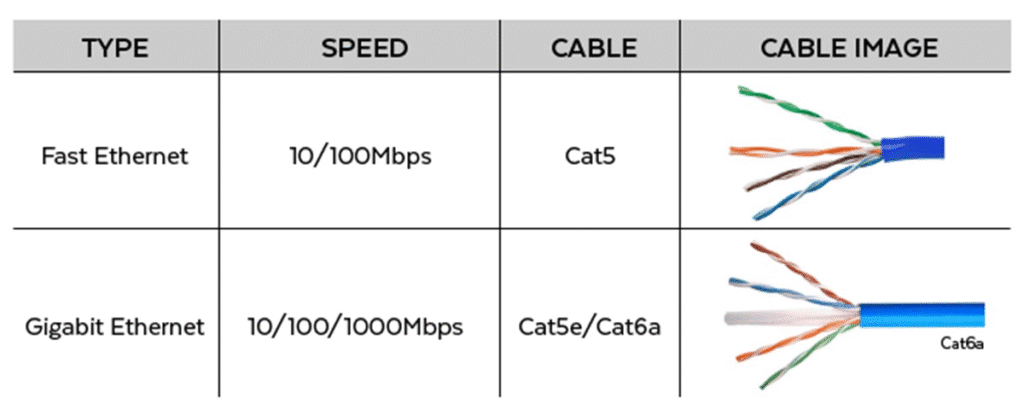
Cat5
- Pros: Affordable and adequate in what it can do.
- Constraints: Low speed and bandwidth that could offer hindrances to high data-intensive applications..
Cat6
- Advantages: Faster speeds and future proofing your network so that it is ready when newer technologies are developed.
- It is more expensive and possibly excessive when doing basic networking.
Cat5 vs Cat6 Cable Comparison
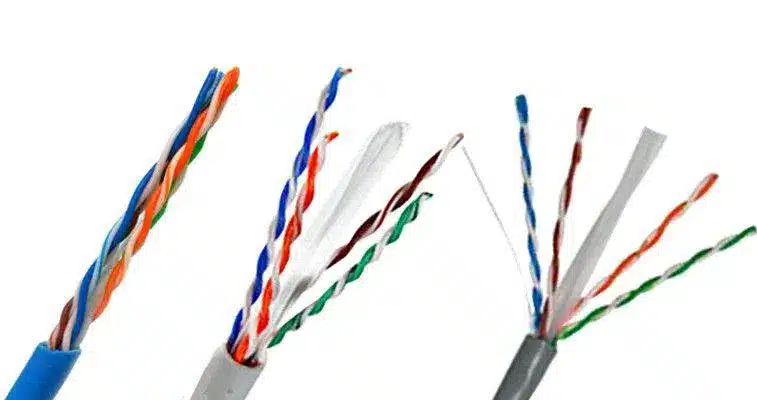
Complete Guide to Choosing the Right Ethernet Cable for Your Network
Technical Specifications Comparison
| Feature | Cat5 Cable Standard | Cat6 Cable Enhanced |
| Maximum Speed | Up to 100 Mbps | Up to 10 Gbps |
| Bandwidth | 100 MHz | 250 MHz |
| Maximum Length | 100 meters (328 feet) | 100 meters (328 feet) |
| Crosstalk Protection | Basic twisted pair design | Spline separator reduces interference |
| Wire Gauge | 24-26 AWG | 22-24 AWG |
| Backward Compatibility | Works with older standards | Fully compatible with Cat5/5e |
| Typical Use Cases | Home networks, basic office use | Data centers, gaming, 4K streaming |
| Cost Comparison | $0.10 – $0.20 per foot | $0.20 – $0.30 per foot |
| Future Proofing | Limited growth potential | Excellent for future upgrades |
| Installation Difficulty | Easy to install and terminate | More rigid, requires proper technique |
Quick Recommendation
Choose Cat5 if you need basic internet connectivity for browsing and email.
Choose Cat6 for gaming, 4K streaming, home office, or future-proofing your network infrastructure.
Performance Comparison Chart
Speed Performance (Mbps)
Conclusion
In a concise view, Cat5 is up to basic networking needs and Cat6 is a high-speed and future-proof networking. Accessorize your network needs in order to choose the right cable. To read a more comprehensive comparison and products to buy, visit our full guide.
